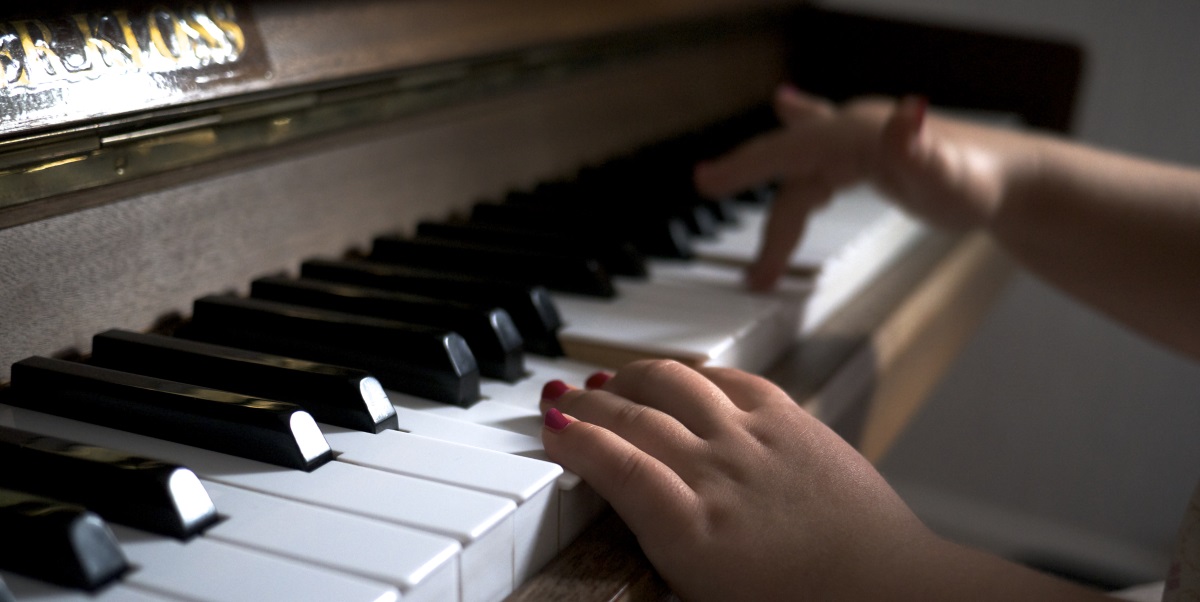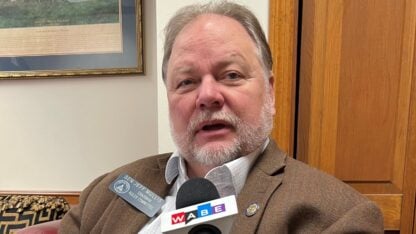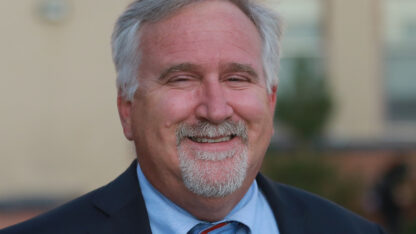Atlanta Educators Make The Case For Music In Schools

Oliver Quinlan (cropped) creativecommons.org/licenses/by-nc/2.0/legalcode / flickr.com/photos/oliverquinlan/
This story is part of WABE and American Graduate’s Advancing Atlanta: Education series. For more stories, click here.
Some 2,500 years ago, Plato said that music “is a more potent instrument than any other for education.” On “City Lights,” two Atlanta educators made a case for music education in 21st century schools.
Westminster faculty member (and frequent WABE contributor) Dr. Scott Stewart and Pace Academy faculty member William Pitts joined Lois Reitzes for a discussion on the benefits of a music education. While cutting arts funding in public schools is often cited as a fiscal necessity, Stewart and Pitts argue that music is a core subject that complements and even enhances traditional academics.
Perhaps the most important experience music offers is the rare chance for a student to fail, and learn from that failure in a safe environment. The opportunity to fail and learn from that failure without consequence develops self-confidence as well as self-discipline.
But Stewart and Pitts are both aware that the case for music education in public schools can not rest on the “music for music’s sake” argument alone, so the Atlanta educators turn to data and concrete parallels.
Countless studies reinforce prior research evidence indicating that students involved with music or the arts score significantly higher on standardized tests. In one ten-year study tracking 25,000 middle and high school students, found that “musical students scored, on average, 63 points higher on the verbal section and 44 points higher on the math sections of the SATs than non-music students.” Stewart notes that while correlation does not mean causation, the growing mountain of research indicates that “musically educated students often do better in school than their non-musical counterparts.”
Dr. Scott Stewart and William Pitts also touched on research in the neurological development of teenagers. A teen’s brain is still remarkably plastic, or primed to acquire new knowledge and skills, and music appears to fire neurons in just about every area of the brain.
Pitts adds that music educators are tasked to “diversify our strategies to engage the visual learners, the tactile, the aural, and the kinisthetic learners … [and music] provides the most comprehensive activities for exploring and relying on numerous senses simultaneously.”
Reitzes’ conversation with the Atlanta music educators includes a discussion on the impact of No Child Left Behind and the implications of the Every Student Succeeds Act, as well as the growing STEAM movement.
When asked about today’s challenges in music education, Stewart cites the pressure school administrators feel to produce high test scores, saying “depending on the state, teacher evaluation and school funding can be driven by test scores, and music is not a ‘tested’ subject.” Pitts adds that, culturally, music is still seen as an activity for “an elite few, and the rest are just passive spectators.”
Music education belongs in every school, and as a music educator himself Pitts emphasizes that “our primary goal is not to create conservatory-level players.” Stewart agrees. “We are trying to educate great musicians … as well as lifelong learners.”

This story is part of American Graduate, Let’s Make It Happen, a public media initiative made possible by the Corporation for Public Broadcasting.
9(MDAxODM0MDY4MDEyMTY4NDA3MzI3YjkzMw004))








